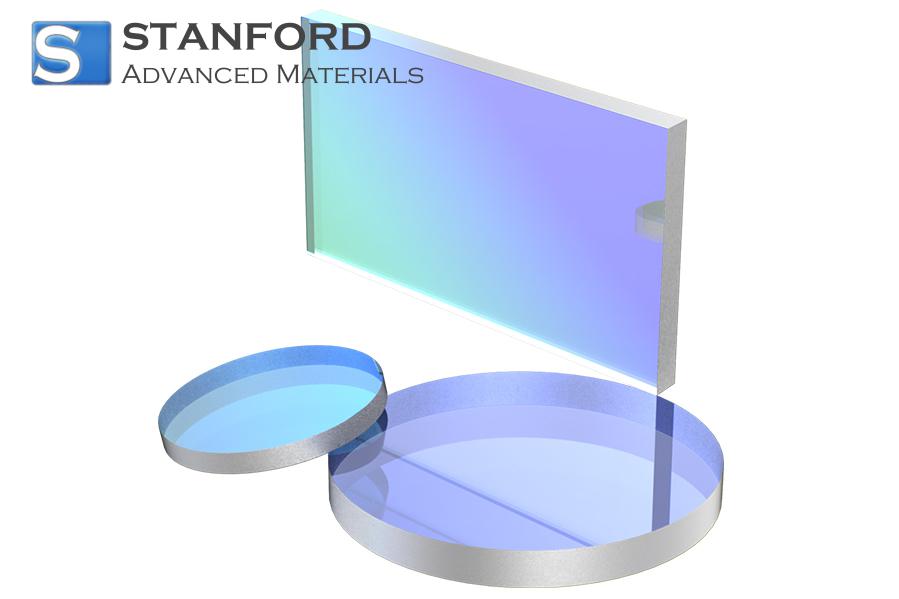Applications Of Spherical Tantalum Tungsten Powder (TA10W)
Description
TA10W spherical Tantal Tungsten Powder is an immediately usable powder with a smooth, spherical shape. Its shape contributes to its application in various specialised tasks. Cost-effective production methods and rigorous quality controls enable customers in different industries to achieve consistent performance. The powder is well recognised among professionals who require stable physical properties.
This article discusses its properties and provides practical examples.
Spherical Tantal Tungsten Powder (TA10W)
The product is a composite material that incorporates the properties of Tantalum and Tungsten. Its spherical form enhances flowability during processing. The nearly round appearance leads to even dispersion when utilised in procedures such as metal injection moulding or additive manufacturing.
Experts indicate that the powder maintains performance at elevated temperatures and in corrosive environments. It is used in applications that require a balance between strength and resistance. Its long-term performance is recognised by users in the aerospace, automotive and electronics sectors.
Properties and Application Data
Spherical Tantal Tungsten Powder (TA10W) presents specific attributes that assist in manufacturing processes. The standard specifications are listed below:
- Composition: A balanced combination of Tungsten and Tantalum that provides improved density and a high melting point.
- Particle size: Generally between 10 and 30 microns. This range contributes to a high packing density and ease of processing.
- Density: The measured density is approximately 15.7 grams per cubic centimetre. This density supports thermal and mechanical performance.
- Melting point: Above 3000°C. This property qualifies the powder for high-temperature applications.
- Flowability: The spherical form provides consistent flowability during handling and processing.
- Purity: The production process maintains a high degree of purity to ensure reproducibility and to avoid unwanted reactions.
Spherical Tantal Tungsten Powder (TA10W) Application Examples
TA10W spherical Tungsten Tantalum Powder exhibits several practical applications. One application is in the manufacture of self-lubricating bearings. Uniform particle dispersion results in consistent wear and extended operational life. In metal injection moulding, the powder is mixed with binders to produce intricate shapes and then sintered to obtain components with high density. Automotive parts that experience significant loads and temperature fluctuations also benefit from the powder’s consistent performance.
The powder is also used in electromagnetic shielding. Its density and stability reduce interference in sensitive electrical systems. It has been utilised in several laboratories to produce composite materials required to withstand thermal shock. In additive manufacturing, the powder is employed in selective laser sintering. Experts choose the material for its reliability and consistency. These applications have been implemented across various industries. Further applications are available from Stanford Advanced Materials (SAM).
Conclusion
This article addressed spherical Tantal Tungsten Powder (TA10W). The powder is characterised by its controlled spherical shape, verified physical properties and consistent application outcomes. Its density, particle size and flowability render it suitable for both high-temperature and precision applications.
Frequently Asked Questions
Q: What is the primary advantage of the spherical powder form?
A: It provides even dispersion and unobstructed flow during processing, thereby producing consistent results.
Q: Is the powder resistant to high temperatures?
A: Yes, its melting point is above 3000 °C, consequently it is employed in high-temperature applications.
Q: Where is the powder typically utilised?
A: The powder is used in aerospace, automotive, electronics and modern manufacturing.

 Bars
Bars
 Beads & Spheres
Beads & Spheres
 Bolts & Nuts
Bolts & Nuts
 Crucibles
Crucibles
 Discs
Discs
 Fibers & Fabrics
Fibers & Fabrics
 Films
Films
 Flake
Flake
 Foams
Foams
 Foil
Foil
 Granules
Granules
 Honeycombs
Honeycombs
 Ink
Ink
 Laminate
Laminate
 Lumps
Lumps
 Meshes
Meshes
 Metallised Film
Metallised Film
 Plate
Plate
 Powders
Powders
 Rod
Rod
 Sheets
Sheets
 Single Crystals
Single Crystals
 Sputtering Target
Sputtering Target
 Tubes
Tubes
 Washer
Washer
 Wires
Wires
 Converters & Calculators
Converters & Calculators
 Write for Us
Write for Us





 Chin Trento
Chin Trento



